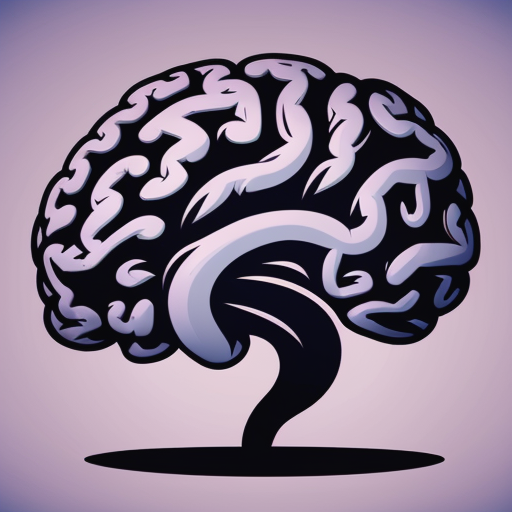
Schedule a Consultation
Get help with depression today!
It's important to know that you are not alone.
Obsessive-Compulsive Disorder
Obsessive-Compulsive Disorder (OCD) is a mental health condition characterized by intrusive, unwanted thoughts (obsessions) and repetitive behaviors or mental acts (compulsions) performed to reduce anxiety caused by these thoughts. People with OCD may find themselves stuck in a cycle of overwhelming worry and compulsive actions, feeling unable to control or stop these behaviors, even when they know they are irrational or excessive.
Obsessions can include fears about contamination, causing harm, or needing things to be in a specific order. Compulsions often manifest as repeated behaviors like excessive cleaning, checking, counting, or seeking reassurance. While many people have occasional worries or habits, OCD disrupts everyday functioning, consuming significant time and energy.
Why OCD Must Be Treated
If left untreated, OCD can significantly impair quality of life. The constant cycle of obsessions and compulsions can interfere with work, relationships, and daily activities. Over time, this can lead to feelings of isolation, anxiety, and even depression. Individuals with untreated OCD may also engage in behaviors that negatively impact their physical health or safety.
Without treatment, OCD symptoms tend to worsen. However, with the right care, such as cognitive-behavioral therapy (CBT), specifically exposure and response prevention (ERP), or medication, many people can manage their symptoms and regain control over their lives. Early intervention can help prevent the condition from becoming more severe, enabling individuals to live a more balanced and fulfilling life.
Don’t let OCD go untreated. Effective treatment can break the cycle of obsessions and compulsions, allowing you to reclaim your time, mental energy, and overall well-being.
How OCD is Treated with Transcranial Magnetic Stimulation (TMS)
One innovative treatment option for OCD is
Transcranial Magnetic Stimulation (TMS). TMS is a non-invasive, FDA-approved therapy that uses magnetic fields to stimulate specific areas of the brain that are involved in OCD symptoms. For individuals who have not responded well to traditional treatments like medication or therapy, TMS offers a promising alternative.
How TMS Works
During a TMS session, a magnetic coil is placed near the scalp, delivering targeted pulses to the brain’s prefrontal cortex, an area that plays a critical role in regulating mood and behavior. By stimulating this region, TMS helps reduce the overactivity that is often seen in people with OCD. Unlike medication, which affects the entire brain, TMS is localized, minimizing side effects and offering a more focused approach to treatment.
Benefits of TMS for OCD
- Non-invasive:
No surgery or anesthesia is required.
- Minimal side effects:
Most people experience only mild discomfort during treatment.
- No downtime:
Patients can return to their daily activities immediately after a session.
- Effective:
Many patients experience a significant reduction in OCD symptoms after a series of treatments.
TMS is typically administered over several weeks, with sessions lasting around 20-40 minutes. It has been shown to provide lasting relief for individuals struggling with OCD, particularly those who haven’t found success with other treatments.





